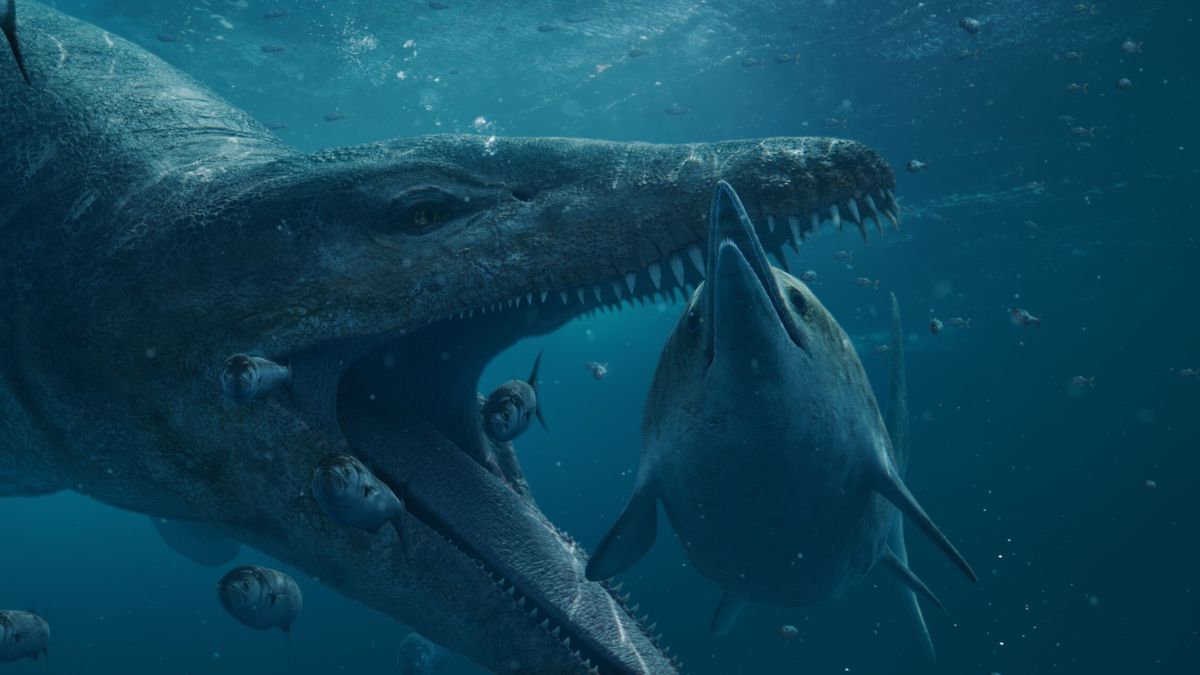Researchers have reconstructed a formidable Jurassic marine creature following the excavation of a massive fossilized skull from a cliff face in the U.K.
The unveiling of the skull and subsequent reconstruction are featured in a new documentary airing on PBS on Wednesday, February 14.
The creature in question was a pliosaur, a type of large, carnivorous marine reptile that could reach lengths exceeding 30 feet (9 meters) and boasted a set of large, razor-sharp teeth. Pliosaurs roamed the seas 150 million years ago during a period of significantly higher global temperatures, characterized by warm, shallow waters teeming with life. According to David Attenborough, they reigned as the largest ocean predators from 201.3 million to 145 million years ago.
Describing the massive predator, a researcher from the School of Earth Sciences at the University of Bristol likened it to an underwater T. rex, emphasizing its formidable hunting capabilities.
In 2022, fossil enthusiast Phil Jacobs stumbled upon a fragment of a pliosaur’s snout protruding from a cliff while walking along a beach in England. Collaborating with paleontologist Steve Etches, they carefully extracted a 6.5-foot (2 m) skull from the cliff, a process that proved to be physically and mentally demanding.
The fossilized skull recovered from the cliff ranks among the largest and most intact pliosaur skulls ever unearthed, showcasing the impressive scale of this ancient marine predator.
Meanwhile, experts at Imperial College London undertook the task of reconstructing this Jurassic predator. Through meticulous research and the construction of a robotic plesiosaur, they shed light on how these extinct reptiles navigated the waters using a unique tandem flipper propulsion system.
Scientific investigations are ongoing to delve deeper into the anatomy and characteristics of the pliosaur skull, providing valuable insights into this extinct species. Etches is optimistic about further excavations to recover the remaining fossilized body, recognizing the urgency of the situation as erosion threatens the preservation of this remarkable specimen.
